4 tips to beating the odds with an impact screwdriver
Some tools in my garage that work beautifully. The weight of these tools is a reassurance, a comforting heft that produces a feeling of confidence. When using a 90-tooth ratchet or my favorite pair of wire strippers, I am the house and the house always wins.
There’s another subset of tools tucked in my carefully organized drawers. This group is not on my side. They’re higher-risk tools, with equal potential to blast through a roadblock in a project and to ruin my hard-fought progress. With one of these in hand, I become a chain smoker slumped in the flashing lights of a penny slot machine, facing daunting odds and clinging to blind luck. The mafia boss of this second group is the impact screwdriver.
It’s a simple tool—it doesn’t even have batteries that could fail. When you need an impact screwdriver, no other tool will do, and its weight transmits the heft of this decision from fingertip to brain. Will this be an easy evening project or an all-night, “I’m not giving up until the coffee pot starts automatically brewing?” The impact screwdriver will decide the fate of your project, and the odds are not in your favor—for multiple reasons.

First, if you are grabbing the impact screwdriver, you have likely already done some damage to the fastener you’re attempting to extract—if not, you will soon. Your strategy in such a situation falls somewhere between Tim Taylor’s “more power” approach and Homer Simpson’s “bang method.” Second, you’re probably using the tips that came with the tool. These bits are usually constructed of the finest Chinesium, an incredibly hard substance that’s as brittle as my grandmother’s bones.
With that context, let’s play out the possible scenarios and evaluate the odds.
You insert the screwdriver tip into the stuck fastener, preload the mechanism with a slight twist, offer up a sacrifice to whatever deity you believe in, and give the end a solid thwack with the largest hammer you can use. You open your eyes—you likely closed them even if you were wearing safety glasses, as you should be—and behold one of four situations:
- The tip of the tool exploded into at least five pieces of shrapnel, one of which got stuck in the fastener and prevents the insertion of any other tool. You now need to get the drill and your left-handed drill bits. Good luck.
- The fastener stripped. Start making a budget, because your only solution involves throwing money at this problem.
- You missed the end of the impact screwdriver and hammered your wrist. Hopefully there are no young ones around; if there are, they just learned a few new words.
- The tool did its job, and the fastener is now loose. Grab a beverage.
Only 25 percent of these outcomes are positive. I don’t like those odds, and you probably don’t, either.
I’m here to tell you how to tips the odds in your favor. You’ll always be gambling, but with some thought and preparation you will advance from a schmuck staring into the three eyes of the one-armed bandit to a card shark counting cards at the blackjack table and walking out head held high.
Get serious
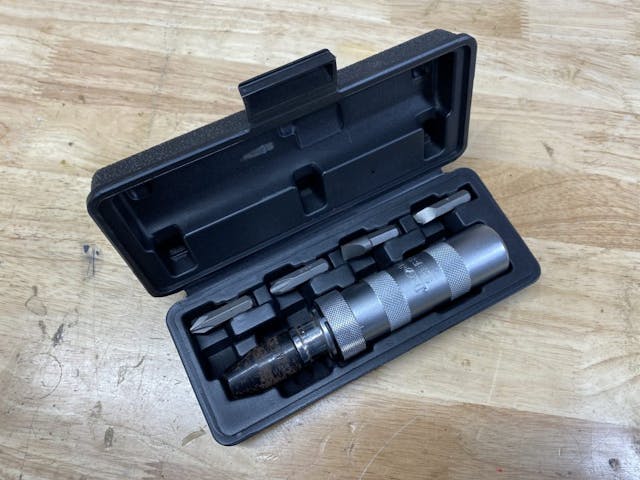
To start your path to success, skip the BS. The worst thing you can do with an impact screwdriver is to graduate from a partially stripped fastener to a fully stripped fastener. If that Phillips-head screw on your brake rotors looks like it’s going to be a pain to remove, go straight for the big guns and bring out the impact. Trying a second (or third) time with hand tools will only cause damage and make your life harder, so tackle the problem with the best fastener-to-tool engagement possible.
Invest in good bits
A cheapish impact screwdriver will work fine, but the bits that are included in that blow-molded case are not your friend. Spend a few dollars and grab some name-brand 5/16-inch bits and keep them in good shape. Only use them when you need to, and retire them when they become rounded or otherwise start to lose their sharp edges. Use the proper size for your fastener, too. You are asking for trouble trying to extract a #3 Phillips with a #2 Phillips bit.
Prep the fastener
The engagement between the tool and part is a key factor in your success, so improve your chances by setting your bit before impacting it. Clean out the fastener with a pick or other pointy object to ensure no debris prevents full engagement. Then, tap the bit into the fastener with small- to medium-sized hammer to get it fully seated. This light impact may also provide a bit of vibration that could start to break loose any junk on the threads.
Now, swing it
Line up the impact screwdriver and hit it like you mean it—the first time. The shock-and-awe approach often works best for me. There’s no need for warning taps if the bit is set. Preload that barrel and get a good swing of that heavy ball-peen hammer or small sledge. It won’t work every time, but that is the definition of gambling. You decide if the risk is worth the possible reward. Hopefully you can stack the deck in your favor.

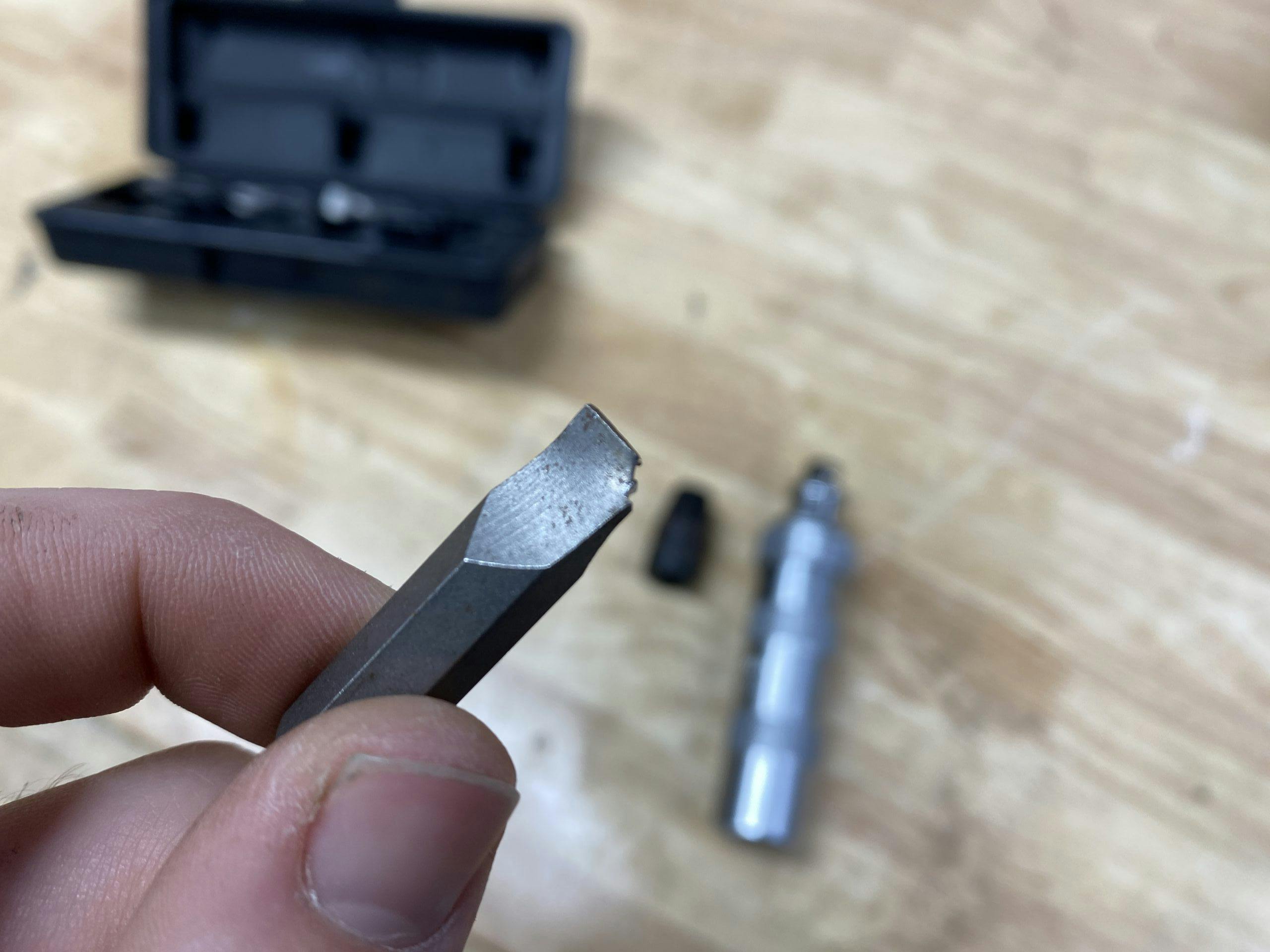
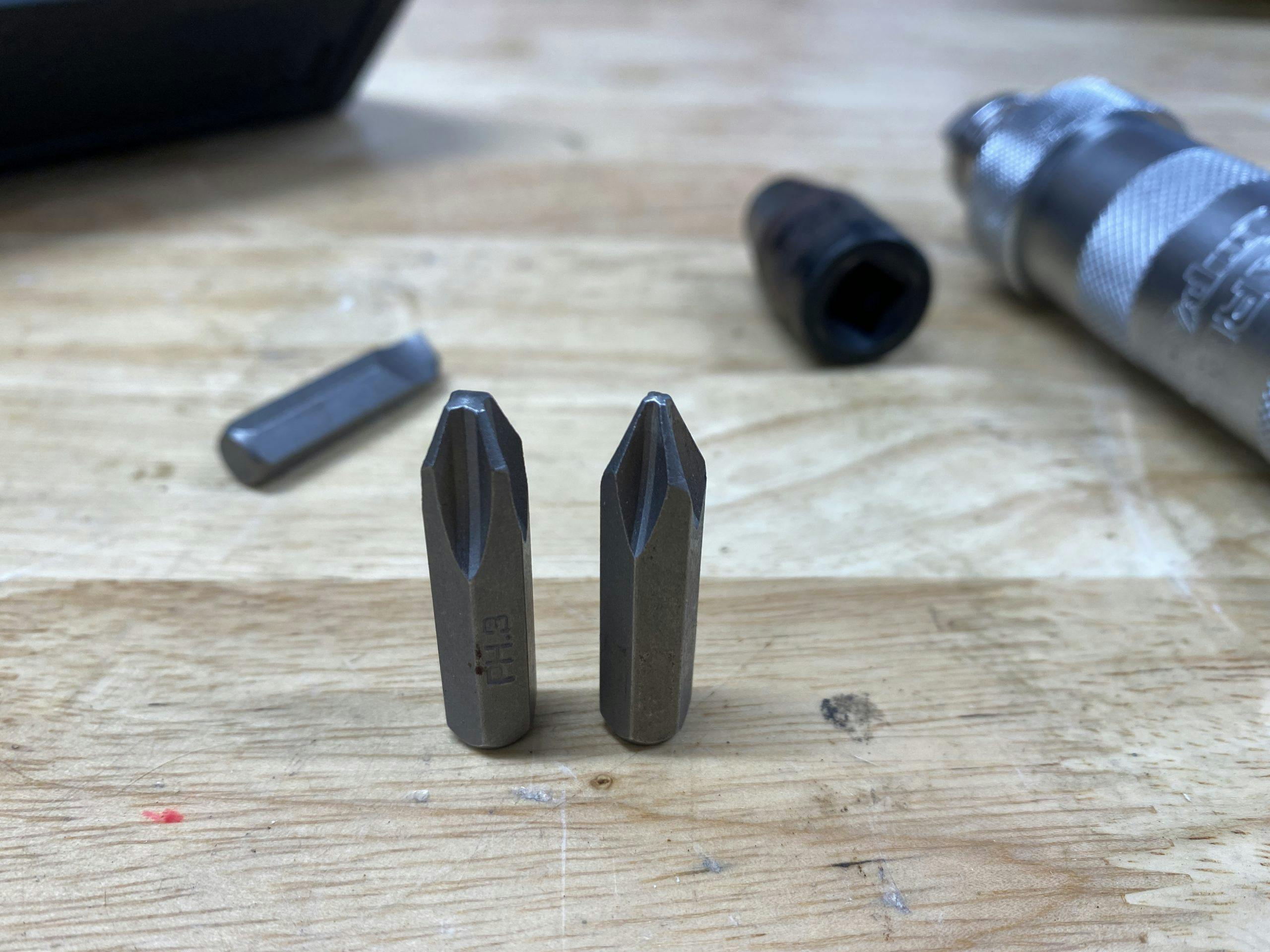

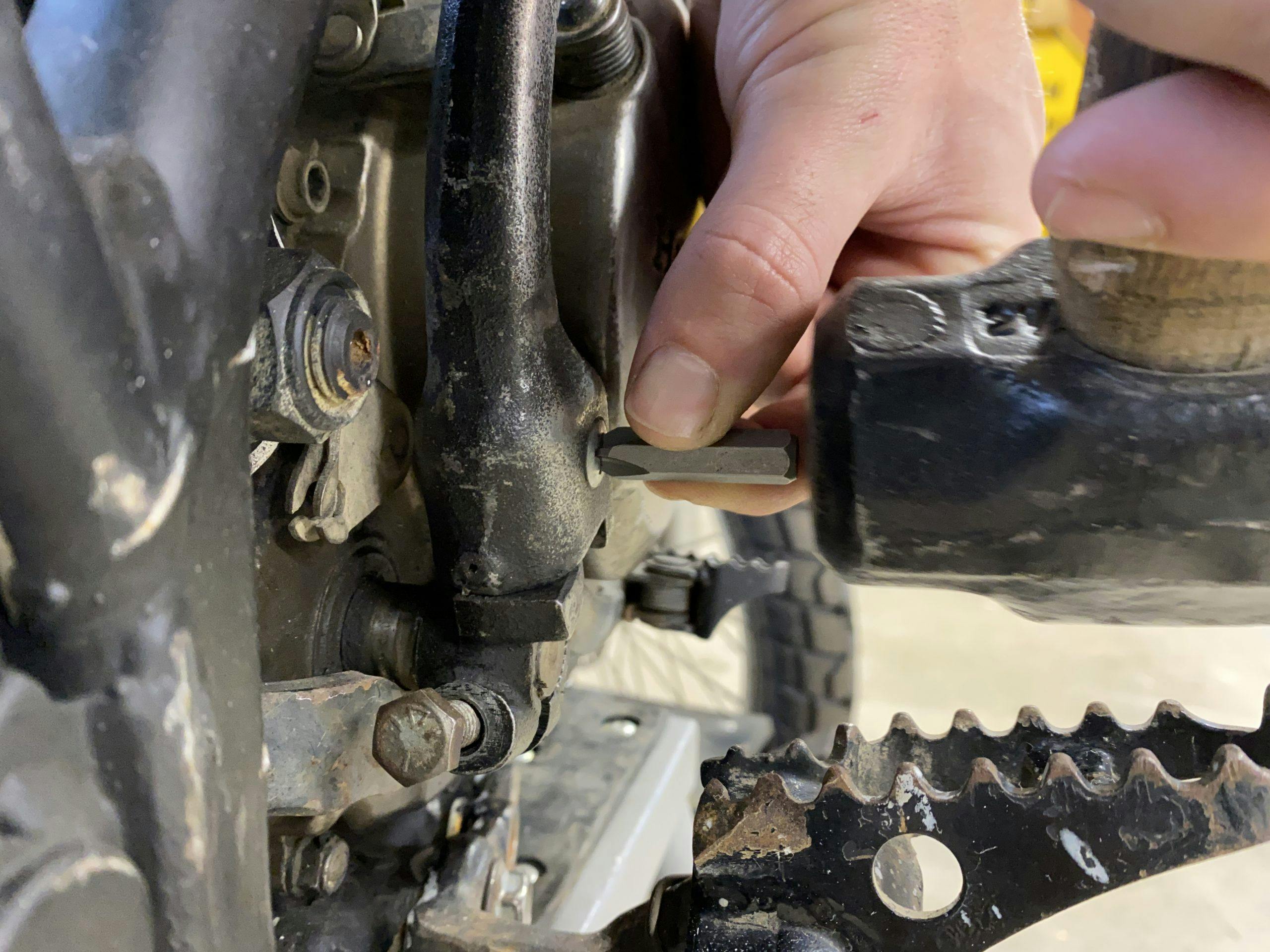
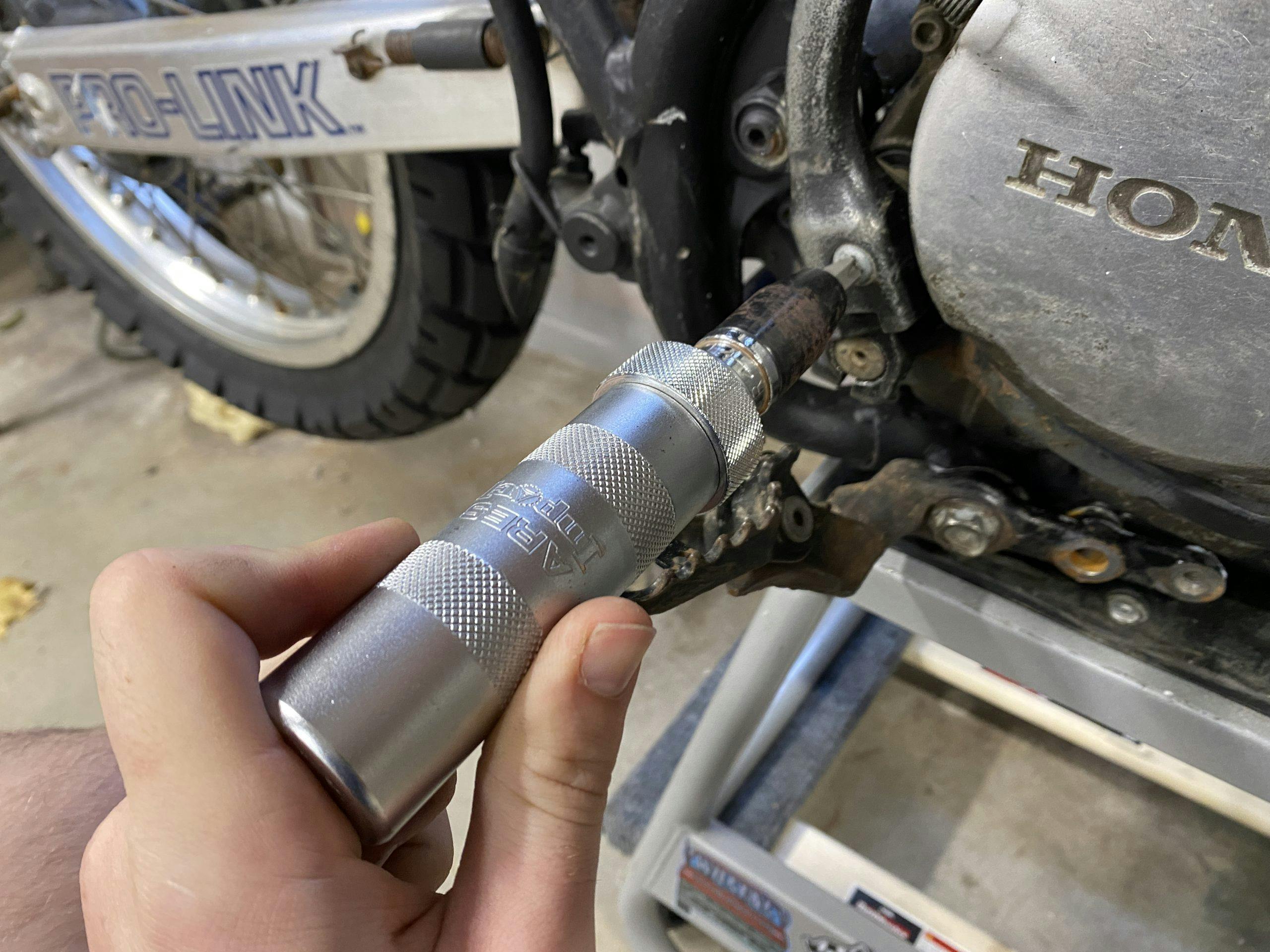

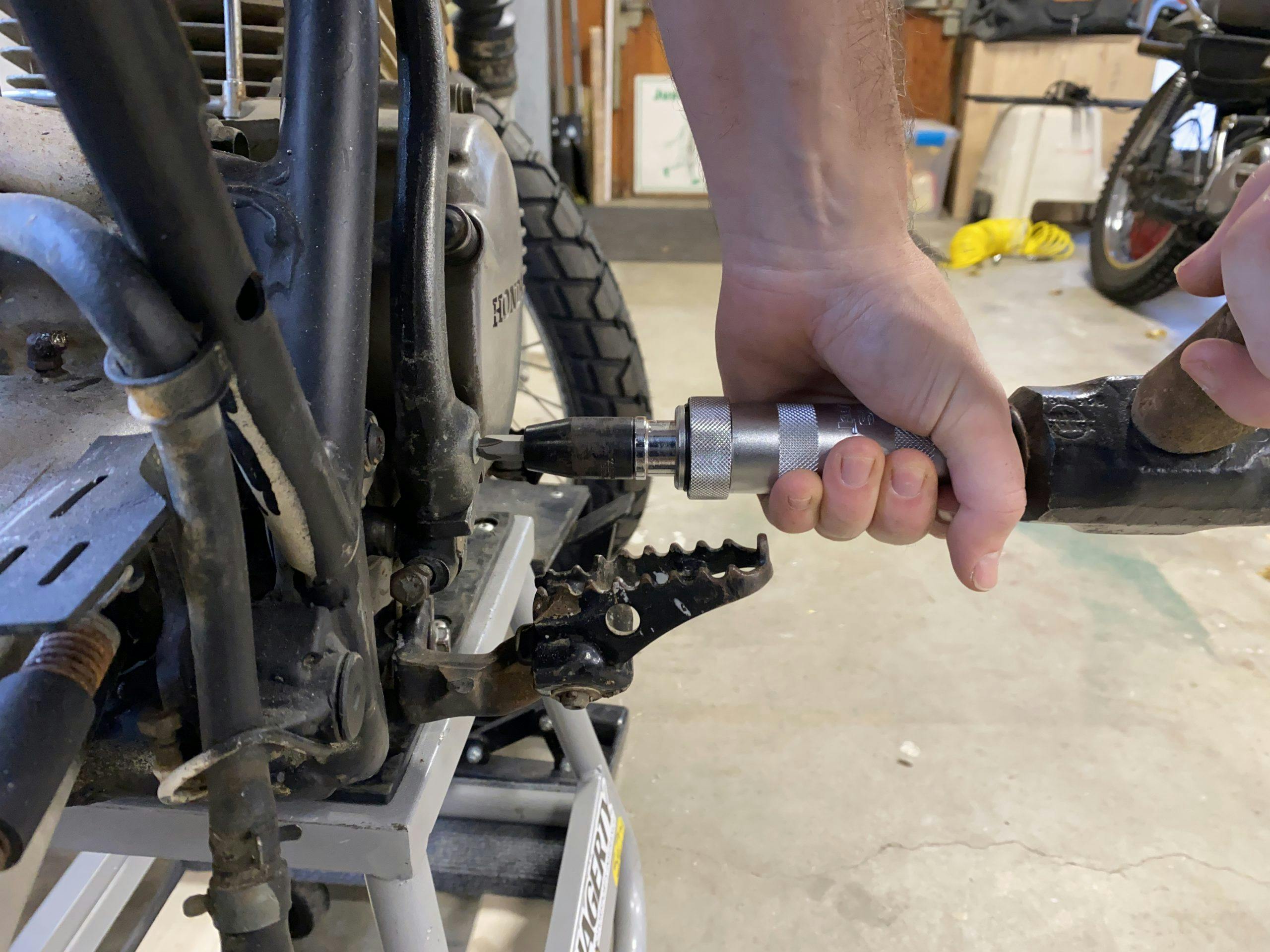


Fasteners on Japanese bikes are not Phillips, they look they are, but they are not, they are J.I.S. Try this impact tool next time!
https://www.amazon.com/dp/B003BI8HHQ?psc=1&ref=ppx_yo2ov_dt_b_product_details
Kyle makes some very good points here (pun intended). Prep is everything. Been using a good Craftsman Impact wrench for years. Never failed me yet. Do not buy the cheap Chinese tools if you can help it. Spend on quality tools and you will be set for years………